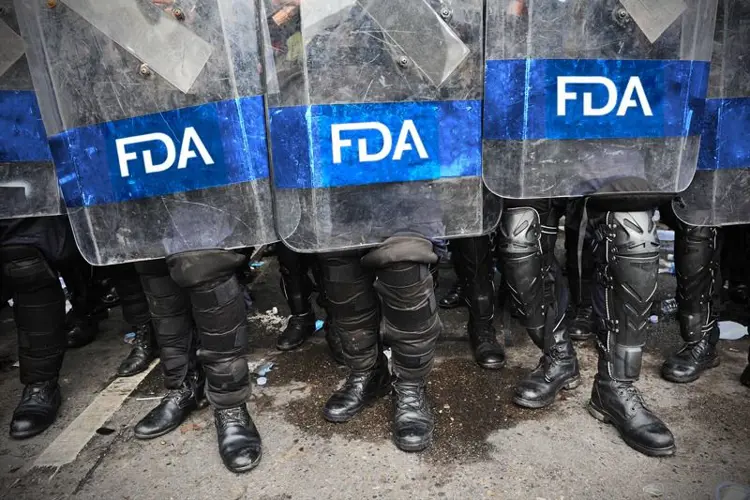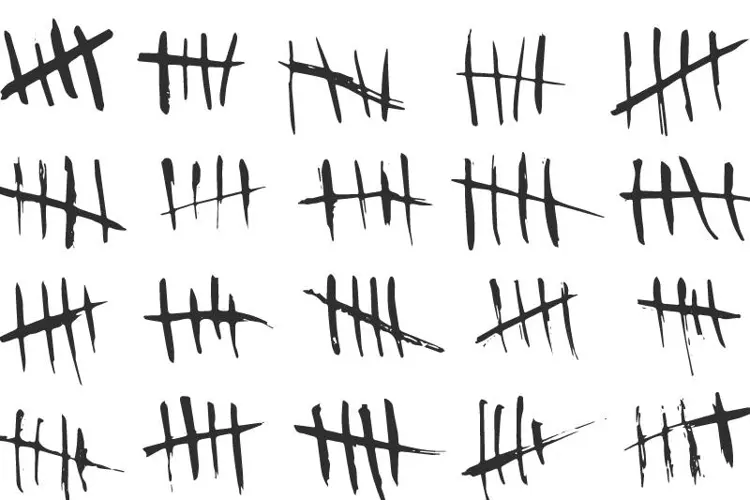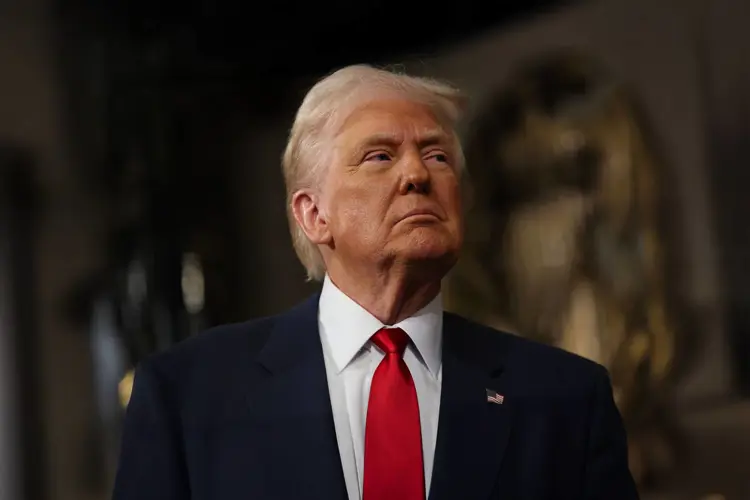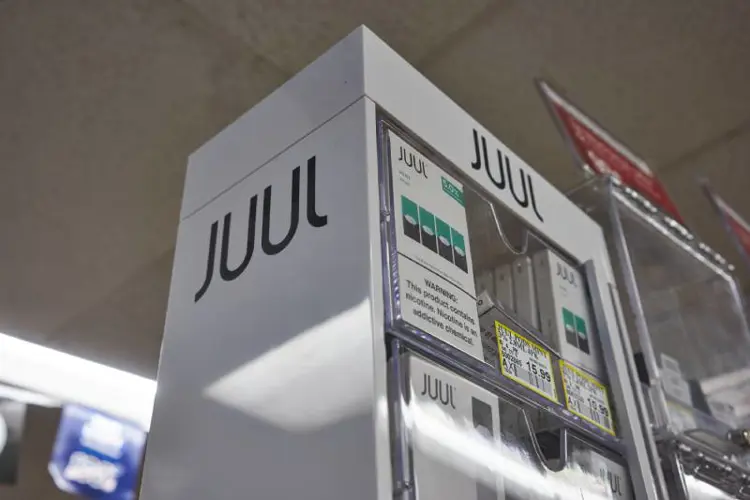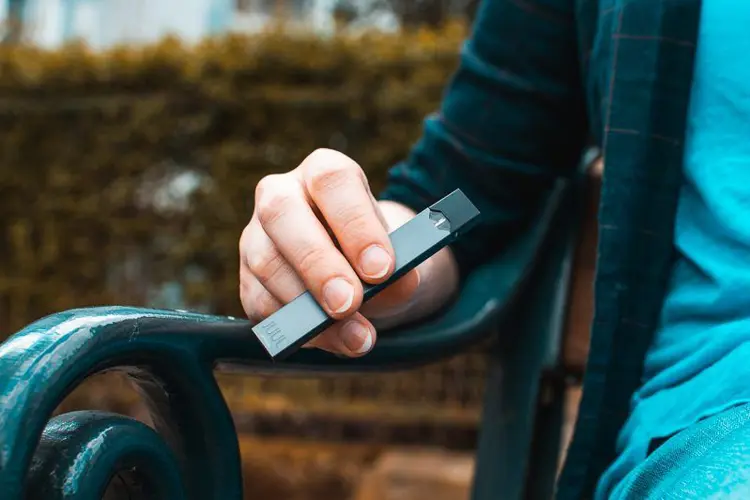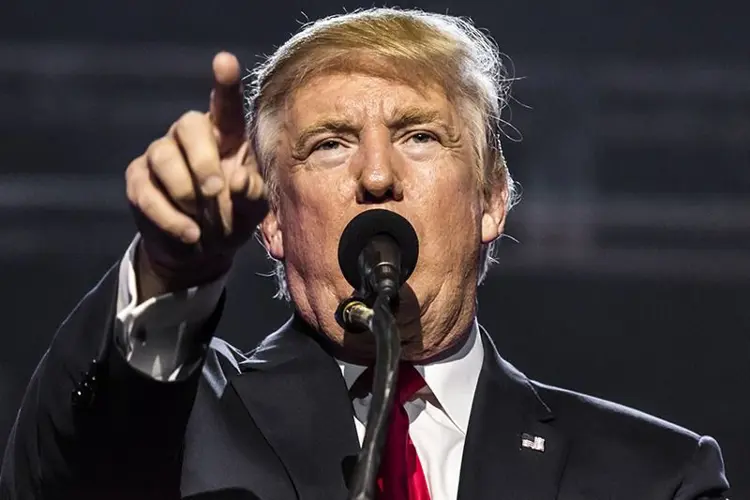The FDA announced Wednesday it has issued warning letters to nine American online retailers and one Chinese manufacturer for selling unauthorized products with features like functional display screens. The products are mostly disposable vapes.
“The products cited in the warning letters,” says the FDA press release, “are advertised as having a variety of designs and functions that may appeal to youth, such as the ability to play games, connect to a smartphone, receive text or call notifications, play music, or personalize products with custom wallpaper.”
Of course, the real violation committed by these companies is selling products not authorized by the FDA. Even if they looked just like one of the handful of FDA-authorized products, they’d still be just as guilty of violating the Tobacco Control Act as they are now.
Novelty vape warning letters: an annual FDA rite
The FDA issues warning letters for novelty vape products at least once a year. The warnings are always announced publicly, because the public must know that the agency is hard at work protecting the kids from these diabolical vape marketers.
They also serve to dissuade politicians from scoring political points at FDA expense by issuing angry missives attacking the agency’s weak enforcement.
In previous rounds of novelty vape warnings, the FDA Center for Tobacco Products (CTP) has targeted these items:
- E-liquidlabels or bottles that resemble food products
- Wristwatch- and fidget spinner-shaped vapes, and clothing items and backpacks that allow stealth vaping through hidden hoses
- A supposed Game Boy-lookalike vape (this Chinese company got two warning letters for the same device)
- Vapes that were shaped like Starbucks cups, and the highly publicized (but rarely seen) highlighter pen vape
- Other toy- and drink container-shaped vapes
These products are obscure novelty items that represent no measurable part of the U.S. vape market, but they certainly punch above their market weight with FDA regulators.
Issuing warning letters—especially for products the agency finds by doing Google searches—is the least expensive and least time-intensive enforcement action tobacco regulators can take. But to anyone unfamiliar with vaping, the resulting press release may make the FDA look like it’s doing something of value.
The agency notes in its press release it has issued about 1,400 warning letters to manufacturers, distributors and retailers of unauthorized products.
It must be a real problem — I read about it in The Atlantic!
The FDA announcement came on the same day The Atlantic published an article on the topic of vapes with screens and tech features—just like the products named in the agency’s warning letters. Coincidence? Probably not; the FDA and tobacco control groups often coordinate their actions and announcements with the publication of related stories by friendly journalists.
If you suspect the FDA tipped the reporter to find some of these products and write about them (with an Oct. 30 deadline), you may be right. It’s certainly hard to imagine any responsible writer stumbling across this non-story on his own.
The Atlantic story, by former STAT News reporter Nicholas Florko, quotes noted Stanford University unicorn expert Robert Jackler, and includes some heavy thinking from Florko, including this: “Vape companies are notorious for selling products in kid-friendly flavors such as Banana Taffy Freeze and Cherry Bomb, and screen vapes may be the next ploy to hook kids.”
Of course, if anything "hooks kids," it will be publicizing the availability of products few people are aware exist.
Just to keep up with vaping prohibitionist thinking, let’s make a short list of vaping product attributes that tobacco control experts and the FDA insist are uniquely attractive to children:
- Any flavor except tobacco—especially candy and fruit flavors
- Nicotine
- Trendy vaping methods like dripping (I’m not kidding; CTP Director Brian King wrote about it while working at the CDC, and did interviews on the topic)
- Disposable vapes
- Refillable vapes
- Stealthy, dark-colored vapes like the JUUL
- Ostentatious, brightly colored novelty vapes
- Soda bottle- and coffee cup-shaped vapes
- Cell phone- and walkie talkie-shaped vapes
- Video game-shaped vapes
- Highlighter-lookalikes
- Camera-shaped vapes
- Cartoon characters
- Images of fruit and other food items
- Fidget spinner vapes
- Wristwatch vapes
- Dice-shaped vapes
Yes, dice.
In fact, a comprehensive list of product characteristics tobacco control folks would consider “youth-appealing” would certainly be longer than a list of characteristics they wouldn’t. And that list will continue to grow until regulators accept that it is normal adolescent curiosity—and not product features—that drives youth experimentation with adult products and substances.
The Freemax REXA PRO and REXA SMART are highly advanced pod vapes, offering seemingly endless features, beautiful touchscreens, and new DUOMAX pods.
The OXVA XLIM Pro 2 DNA is powered by a custom-made Evolv DNA chipset, offering a Replay function and dry hit protection. Read our review to find out more.
The SKE Bar is a 2 mL replaceable pod vape with a 500 mAh battery, a 1.2-ohm mesh coil, and 35 flavors to choose from in 2% nicotine.
Because of declining cigarette sales, state governments in the U.S. and countries around the world are looking to vapor products as a new source of tax revenue.
The legal age to buy e-cigarettes and other vaping products varies around the world. The United States recently changed the legal minimum sales age to 21.
A list of vaping product flavor bans and online sales bans in the United States, and sales and possession bans in other countries.







